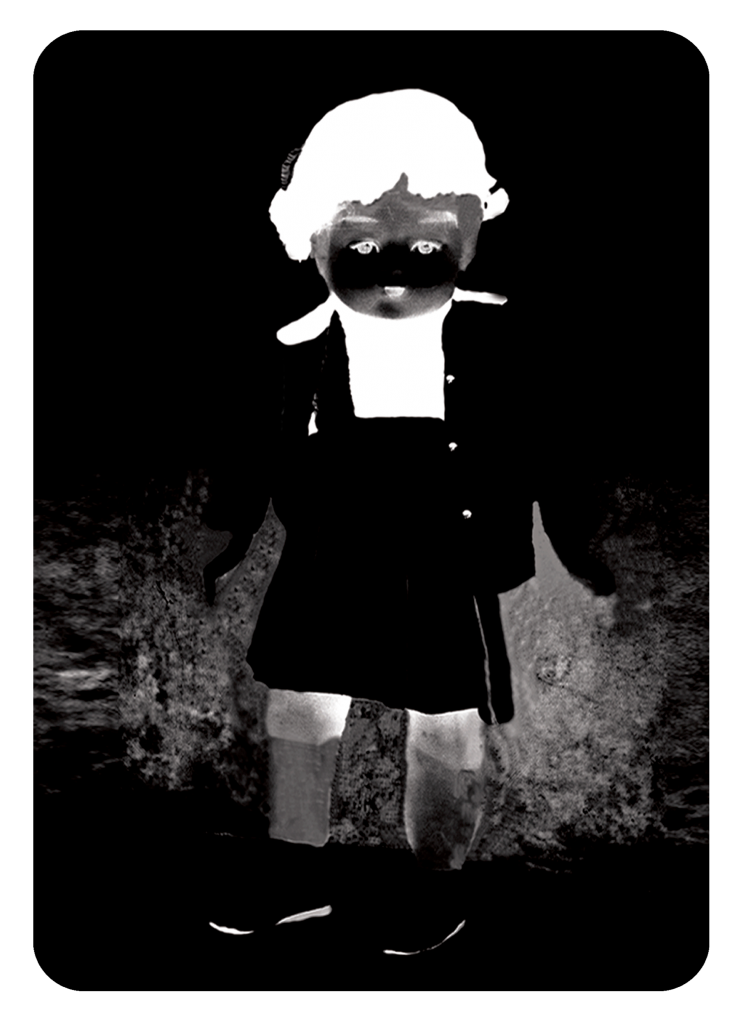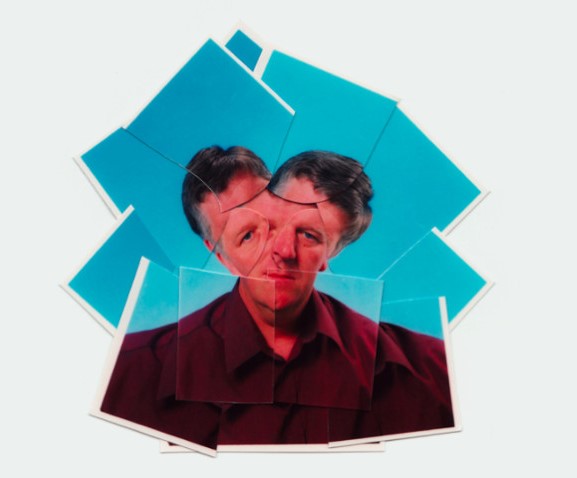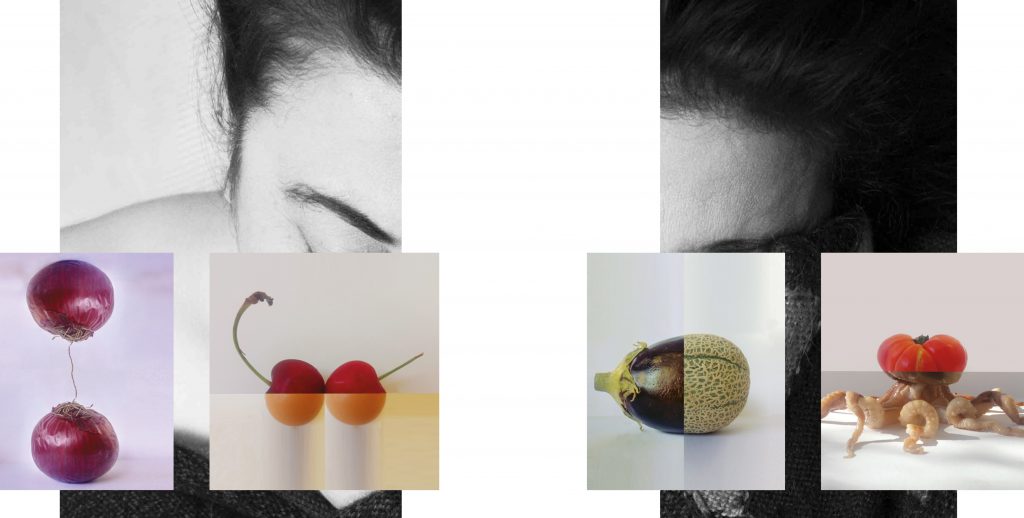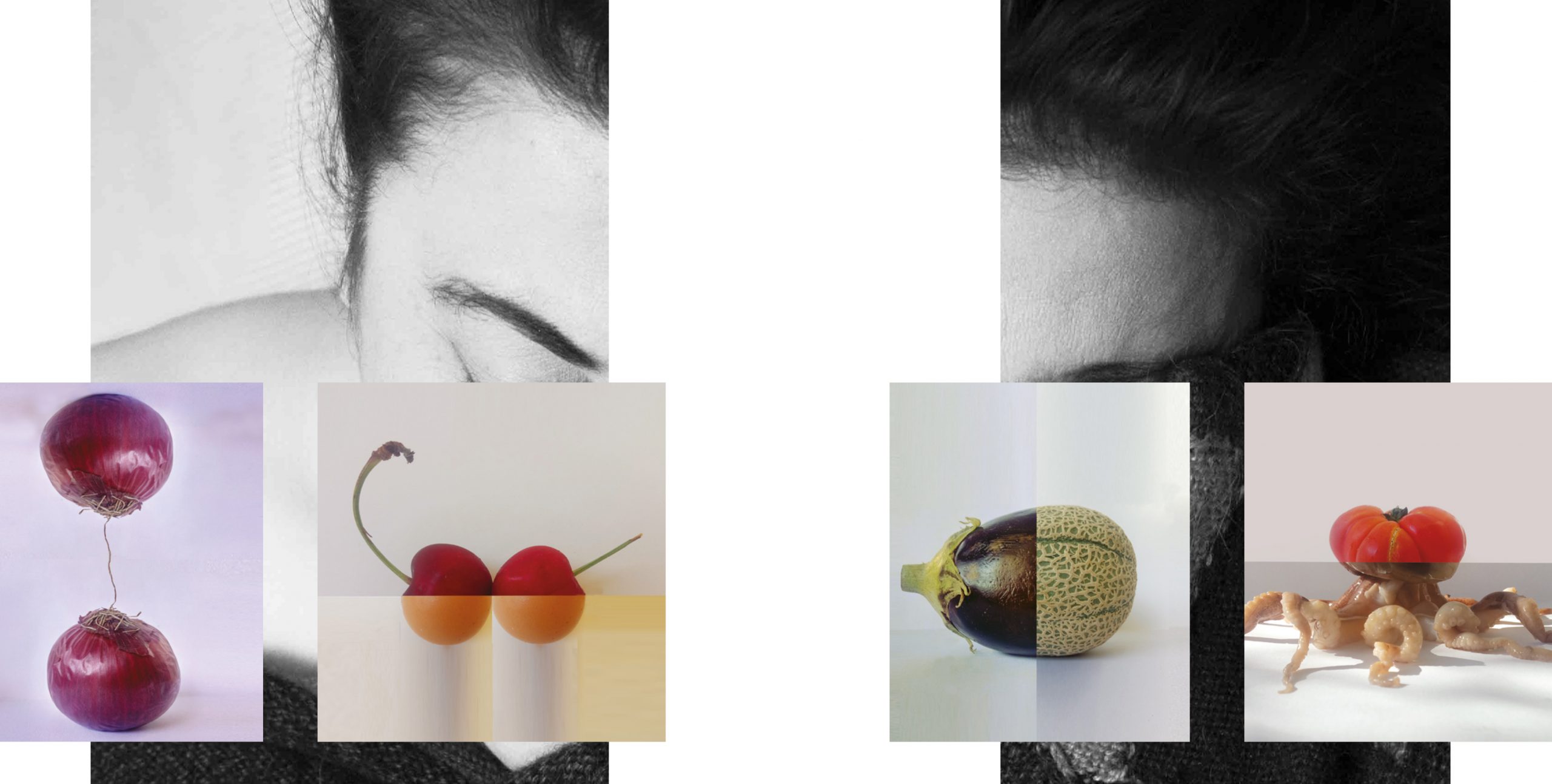The best recipes always have a secret ingredient. It can be the same in photography. Terry Renda explores Kensuke Koike’s photography production and tell us how she was inspired by his work.
Which element can turns a few ingredients into a recipe? Or rather what is its process? What if we only use one?
Well, we could start taking a carrot, cut it into strips, season it with oil, salt, vinegar and a sprinkling of black pepper. So enjoying it without too much elaboration in the preparation. What if we cut it into many small cubes, adding a little hot broth from time to time, enjoying an inviting carrot soup in the end? Or maybe not, better to create very thin carrot spaghetti and dip them in boiling oil. And then what dish do I use to compose everything? Light, dark, rectangular?
The success of my recipe is all in the process, in its right balance. However, it is always a question of alchemy. Kensuke Koike, Japanese artist, who lives and works in Venice, uses images found in different archives, mainly photographic images, for his work. Then recreating its own personal archive.

© No more, no less, 2018, Kensuke Koike 
© Terry Renda
Kensuke’s receipt
On his Instagram page Kensuke Koike defines himself as an alchemist and says that the processes used to transform images are similar to those used by an alchemist as the art of manipulating and transforming less noble metals, such as lead, into gold.
Kensuke uses images forgotten, thrown away, lost memories that acquire a new value.
Thus, he recreates something that does not exist, pure imagination that becomes an observable and infinitely manipulable reality. It becomes a new memory.
Speaking of carrots, in introducing one of his “Single image processing” works made in 2013, Kensuke says:
“If I had ingredients in my fridge, I could have cooked anything. But some ingredients may never be used. If I find only one carrot, I have to cook it in the best possible way, cut it, gratin it, roast it, boil it etc. With more ingredients, I would never have discovered that carrot alone could be such a delicious ingredient.“


We live overloaded with continuous images and we cannot understand their total meaning.
So seeing, observing, looking at a single image has become somewhat complicated, almost impossible. Yes, because that image, the single image alone is already suggesting to us a message, an emotion, a sensation. But now the images, the photographic ones, never get there alone, they are always related to each other. There is almost always an image that precedes another and follows one immediately after. Or even a caption, a message, a description that wants to reinforce its meaning almost always.
But what if in that single image we concentrated our attention and tried, for example, to turn it upside down?
In order to change the perspective from which we observe it, one step further and one further? We would immediately notice different, unusual details, which at first sight had escaped our eyes, now distracted by something else.
From that single image, without removing anything and without adding anything, we could have countless images, all different from each other. We could continue this game countless times and the result will never be the same.
Kensuke realizes in 2018 the series “No more, No less” in collaboration with the French artist Thomas Sauvin. No more, No less is a series consisting of three books, launched during Paris Photo, by three different publishers: Skinnerboox, Éditions and Jiazazhi.
Creating to recreate something new is photography for me. Every time I think of a new project, it changes and gradually transforms itself into something else. It is as if at some point he was looking at me, suggesting new solutions. It is as if I were an operator intent on following the wishes of others. Shooting is the first process, but it all starts earlier. The mind, the thought or rather the innumerable concepts, reflections, considerations are mixed together.
About my photography
Perhaps my photographs initially suggest a great deal of confusion. In reality, the process followed to achieve them is the exact opposite, it is to give order to the chaos of my mind. A harmony that takes shape only through the mental image that becomes real image. In order for this to happen my mind needs constant stimulation. Impulses that give rise to knowledge that then becomes creative. Creativity is fantasy, but fantasy is always the daughter of knowledge.
Kensuke’s inspiration
My gaze was already akin to some of his ways of manipulating and treating the photographic image. Surely I am the daughter of this new reality, of this frenzy that invades our way of looking at the world. I met Kensuke by chance along my search, and for a I don’t know what, among hundreds of books that I found myself in front, I chose No more, No less.
Consequently, the starting point can be a photographic archive, an old family photograph or a photograph that has marked the history of the images is sometimes repetitive, redundant, boring. Throughout history, many photographers and artists have followed this path. Not very original, however, as a way forward today. I think knowing how to dose, use and manipulate the old with something more contemporary than yesterday is extremely difficult. But nevertheless, when the outdated knows how to change its shape, completely transform itself into something else, then it is there that the essence of artisticity resides.
Therefore, the artist does not create from scratch, he manipulates, alters what he possesses. Give your own interpretation of things. To then return to each their own vision. In his works Kensuke leaves us in the balance between what is true and what is intentionally false.
Certainly, it looks real, but it isn’t. Just sharpen your eye, be aware that there is nothing authentic. All is an eternal fiction. On the other hand, this is the era of deception. Of an illusion, which we persist in calling reality again.





Terry Renda
Photo Credit
Terry Renda
Kensuke Koike official



Comments are closed, but trackbacks and pingbacks are open.